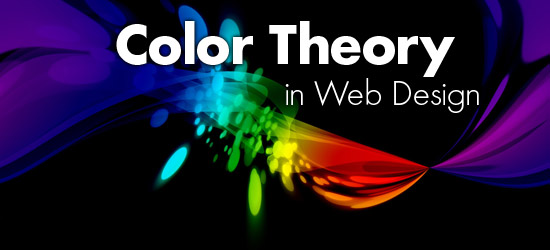1. Adobe Creative Cloud Suite
- Tools Provided: Photoshop, Illustrator, InDesign, Adobe XD, After Effects, etc.
- Ideal for: Professional graphic designers, photo editing, vector graphics, video editing, UI/UX design, and print media.
Key Features:
- Tools which are industry standard, that ensure accuracy and flexibility.
- Many integrations and plugins
- Files can be accessed online easily on the cloud for effective collaboration.
2. Canva
- Ideal for: Beginner level and non-designer professionals, seeking easy, fast, professional designing
- Key Features:
- Drag and drop interface
- Thousand of templates for social media, presentation, etc.
- Free and Pro versions with affordable pricing.
3. Figma
Best For: Collaborative UI/UX design and prototyping.
- Notable Features:
- Real-time collaboration
- Browser-based with desktop apps
- Massive library of plugins and widgets
4. CorelDRAW
Best For: Vector illustration, layout, and typography.
Notable Features:
- Intuitive vector design tools
- Built-in photo editing
- Good for print and digital designs
5. Affinity Designer
Best For: A low-budget alternative for vector and raster designs.
Notable Features:
- High-performance tools
- Pay once, no subscription needed
- Smooth workflow, and the possibility to make real-time edits
6. Procreate
Best For: Digital painting and illustrations (iPad-exclusive).
Key Features:
- Custom brushes.
- Real-time rendering.
- For artists and illustrators
7. Sketch
Best For: UI/UX design for Mac users.
Key Features:
- Tailored vector editing tools for app and web design
- Integration with design-to-development handoff tools such as Zeplin
8. GIMP (GNU Image Manipulation Program)
Best For: Free alternative to Photoshop
Key Features:
- Open source and community supported
- Comprehensive photo editing tools
- Custom plugins supported
9. Inkscape
Best For: Open-source vector graphics
Key Features:
- Powerful tools for the creation and editing of vector art.
- Compatible with the SVG file format.
- Recommended for users who want free alternatives.
10. Blender
Best for: 3D graphic design, modeling, and animation.
Key Features:
- Free and open source
- Advanced rendering and simulation features
- Commonly used for animation, game design, and 3D art.
Recommended Tool
- For a beginner: Canva, Procreate, GIMP
- For professional use: Adobe Suite, Figma, CorelDRAW
- For collaboration: Figma, Sketch
- For a budget-friendly option: Affinity Designer, Inkscape, Blender.





